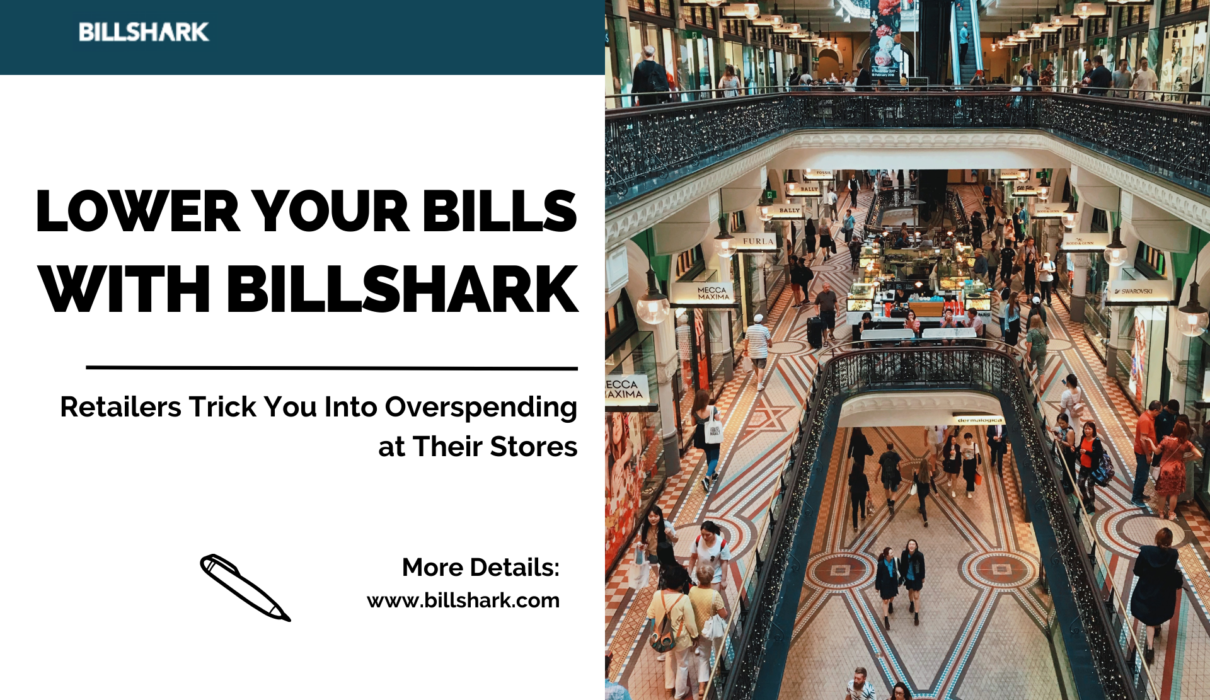In the highly competitive landscape of retail, businesses employ an array of strategies to entice consumers and maximize profits. While shopping can be a gratifying experience, it’s no secret that retailers utilize various tactics designed to prompt customers to spend more than initially intended. Understanding these tactics can empower consumers to make informed decisions and resist the allure of overspending. Let’s explore some common techniques employed by retailers to influence consumer behavior:
1. Psychological Pricing:
Retailers often employ pricing strategies that exploit cognitive biases to create the illusion of value or affordability. Techniques such as charm pricing (ending prices with 9 or 99 cents), bundle pricing, and decoy pricing (introducing a slightly inferior product to make others seem more attractive) are widely used to manipulate perception and encourage impulse purchases.
2. Strategic Store Layouts:
The layout and design of retail spaces play a crucial role in influencing consumer behavior. Retailers strategically place high-margin items at eye level or in prominent display areas to capture attention and stimulate impulse buying. Additionally, they may employ winding pathways or strategically positioned signage to encourage exploration and prolong the shopping journey, thereby increasing the likelihood of additional purchases.
3. Limited-Time Offers and Scarcity Tactics:
Creating a sense of urgency or scarcity is a powerful tactic employed by retailers to prompt immediate action from consumers. Limited-time offers, flash sales, and “while supplies last” promotions capitalize on the fear of missing out (FOMO) and compel shoppers to make impulsive purchasing decisions to avoid potential regret.
4. Personalized Marketing and Recommendations:
Advancements in technology have enabled retailers to gather extensive data on consumer preferences and behaviors, allowing for highly targeted and personalized marketing efforts. By leveraging algorithms and consumer data analytics, retailers can deliver tailored recommendations and promotions that resonate with individual shoppers, thereby increasing the likelihood of conversion and upselling complementary products.
5. Reward Programs and Loyalty Incentives:
Retailers frequently implement loyalty programs and reward schemes to incentivize repeat purchases and foster customer loyalty. By offering exclusive discounts, rewards points, or VIP perks, retailers not only encourage ongoing engagement but also create a sense of reciprocity that prompts consumers to justify additional spending to maximize benefits.
6. Social Proof and Influencer Endorsements:
The influence of social proof and peer recommendations cannot be overstated in the realm of consumer behavior. Retailers capitalize on this phenomenon by showcasing customer reviews, testimonials, and endorsements from influencers or celebrities to validate purchasing decisions and instill confidence in the quality or desirability of products.
Conclusion:
While retailers employ a myriad of tactics to encourage overspending, awareness of these strategies empowers consumers to make more deliberate and mindful purchasing decisions. By exercising restraint, conducting research, and setting clear spending limits, individuals can navigate the retail landscape with greater confidence and avoid falling prey to manipulative marketing tactics.
By: BillShark

